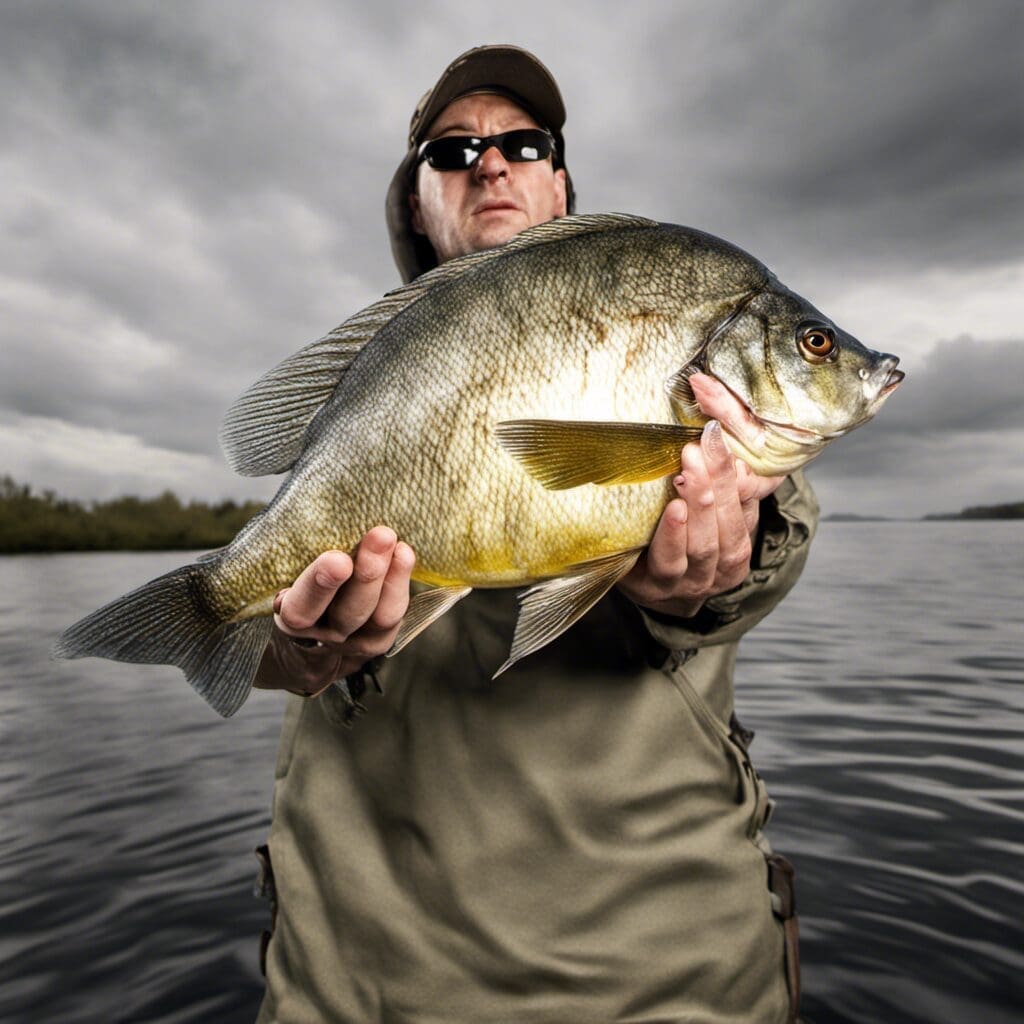Introduction
The Fingermark Bream, known scientifically as Lutjanus johnii, is a species of fish belonging to the Lutjanidae family.
Conservation Status
Currently, the Fingermark Bream is listed as of Least Concern by the International Union for Conservation of Nature (IUCN). Conservation efforts primarily involve monitoring of populations and regulation of fishing practices to prevent overfishing.
Statistics
| Average | Range | |
|---|---|---|
| Lenght (cm) | 50 | 30 - 100 |
| Weight (kg) | 2 | 1 – 4 |
| Lifespan (Years) | 10 | 10 – 15 |
Distribution
The Fingermark Bream is commonly found throughout the Indo-Pacific region, from the Red Sea to South Africa, and east to Samoa. Migrations patterns are not well documented.
Habitats
Favoring tropical coastal waters, the Fingermark Bream can be found at depth ranges of up to 60 m, usually around mangroves, coral reefs, and estuaries. The water temperature for habitation is usually 20 – 30°C.
When and Where to See
Fingermark Breams are more active during night times, especially during incoming tides. They do not show a significant seasonal pattern.
Best Fishing Locations
Top 10 Places:
- Great Barrier Reef, Australia
- Bazaruto Archipelago, Mozambique
- Port Sudan, Sudan
- Gulf of Oman, Oman
- Riau Islands, Indonesia
- Andaman Sea, Thailand
- Persian Gulf, UAE
- Bay of Bengal, India
- South China Sea, Vietnam
- Pacific Harbor, Fiji
In general, estuaries and reefs are seen as the best sites to find Fingermark Bream.
How to Catch
The most effective baits include live small fish, soft plastic lures and shrimp, but they are also known to take a range of other fish baits. Using a long-shank hook can be beneficial. They are typically caught by bottom fishing, and the best season for fishing varies by the specific location.
Identification Guide
Characterized by its bronze to reddish color, distinct black spot at the base of the last few spines in the dorsal fin, and streamlined shape, it can be distinguished from other similar species such as the Mangrove Jack and Coral Trout.
Culinary
How to Cook and Taste Profile
Fingermark Bream fillets are firm and white with a subtle sweet flavor, making them a favorite in many Asian cuisines. They can be grilled, steamed, poached or used in curries.
Additional Information
Behavior
Active during the night, Fingermark Breams are bottom feeders, preying on smaller fish, crustaceans, and cephalopods.
Predators and Threats
Natural predators of the Fingermark Bream include larger fish and sharks. Human-induced threats include habitat destruction and overfishing.
Cultural/ Historical Significance
The Fingermark Bream holds significant cultural value for Indigenous communities in Northern Australia as a crucial source of protein.
References and Further Reading
- Allen, G. R. ”FAO species catalogue. Vol.6. Snappers of the world.” An annotated and illustrated catalogue of lutjanid species known to date. Vol. 125. Food & Agriculture Org., 1985.
- Maclean J., Dews G., Hall N. “Fingermark (golden snapper) on the east coast: biology and fishery.” Northern fisheries centre, Queensland DPI&F, Cairns. 2003.

